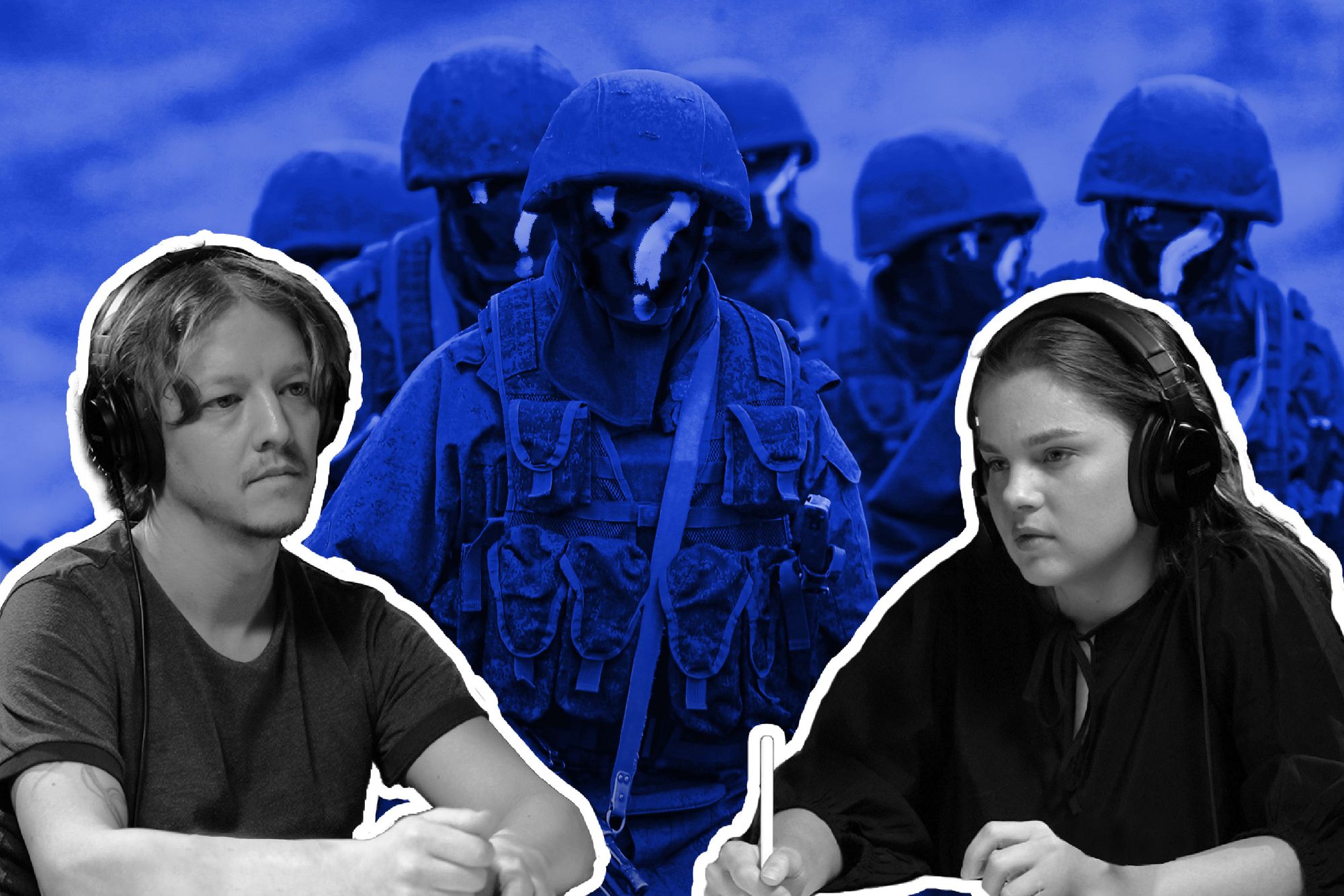Russia reports Ukrainian ground attacks in Donetsk Oblast in possible launch of counteroffensive

In the early hours of June 5, the first announcement of what looks like it could be the start of a large-scale Ukrainian counteroffensive came from an unusual source.
At 1:31 a.m. Kyiv time, the Russian Defense Ministry, which famously floundered in silence in response to Ukraine’s lightning counteroffensive in Kharkiv Oblast last year, reported a “large-scale offensive on five sectors of the front in the southern Donetsk area.”
The ministry claimed that Ukraine had committed six mechanized and two tank battalions to the fight, from the 23rd and 31st Mechanized Brigades. As per usual in official Russian reports, the Ukrainian attack was claimed to be soundly defeated, with the ministry reporting the loss of 16 Ukrainian tanks and over 250 personnel.
As the sun rose over Ukraine, Russian pro-war Telegram channels often known as “milbloggers” began to report a less rosy picture of Russia’s defense in the area.
Alexander Khodakovsky, who had previously served as a battalion commander and official in Russia’s proxy presence in Donetsk Oblast, also claimed that Ukrainian forces were attacking near the front-line town of Vuhledar in southwestern Donetsk Oblast, and had found limited success.
“By suppressing (our) communications, the enemy managed to put us in a difficult position,” Khodakovsky wrote, adding that fighting was ongoing for the village of Novodonetske.
A few hours later, milblogger Semen Pegov, better known as WarGonzo, said that “unfortunately,” he could confirm Khodakovsky’s reports.
“The news from the Velyka Novosilka-Vuhledar front line is becoming more and more disturbing with each passing hour,” Pegov wrote. “The situation is heating up. The attack is much more serious than yesterday.”
The sector of the line of contact referred to by Khodakovsky, Pegov, and likely also by the Russian Defense Ministry when saying “southern Donetsk area,” is the easternmost part of the southern front line stretching from the Dnipro River in Zaporizhzhia Oblast across to Vuhledar in Donetsk Oblast.
The south has long been built up as the most obvious direction for an anticipated large-scale Ukrainian counteroffensive. Attention was mostly given to a possible southward push from Zaporizhzhia to the occupied city of Melitopol and onwards towards Crimea, but a more southeasterly direction from Vuhledar towards the destroyed city of Mariupol on the Azov Sea was also seen as an option.
The terrain on this part of the southern front line in Donetsk Oblast is vast, flat steppe, that has been heavily fortified by Russia over the last few months with layers of trenches, anti-vehicle ditches, minefields, and other obstacles. The difficulty of attacking in this area was already laid bare in late January, when a large Russian armored offensive on Vuhledar suffered heavy casualties with no significant gains.
As of early afternoon, there have been no reports on offensive operations from the Ukrainian General Staff or other officials. This is hardly a surprise, given the public call for silence on details of the operation, expressed on the previous day with a video saying “Plans love silence, there will be no announcement of the beginning (of the counteroffensive).”
Asked about the reports about attacks in the south on live television, Ukrainian military spokesperson Natalia Humeniuk simply smiled and put her finger in front of her lips, mirroring the request for silence made by the soldiers in the video.
Less than 24 hours after the Russian Defense Ministry’s initial announcement, it is too early to tell whether the attack around Vuhledar will be the primary thrust of Ukraine’s counteroffensive.
Traditional military doctrine dictates that in such large-scale offensive operations, the main attacking push should be accompanied by secondary offensives in other sectors to spread enemy defenses thin and probe for opportunities for breakthroughs elsewhere.
According to Russian sources, Ukraine has also stepped up attacks around Bakhmut, which was finally captured in late May by Russian forces led by the Wagner mercenary group.
Also on the morning of June 5, milblogger and reporter for Russian newspaper Komsomolskaya Pravda Alexander Kots wrote that Ukrainian forces were attacking both north of Bakhmut near occupied Soledar, as well as to the southwest of the city.
While Wagner forces have been reported to be withdrawing from the city, the flanks are manned by regular Russian army units, from which Ukrainian brigades in the area have already taken back significant amounts of territory in counterattacks starting back on May 9.
So far, no verifiable information has emerged showing that Ukrainian forces involved in any of the reported attacks on June 5 include the new brigades kept in reserve for a counteroffensive.
“By all appearances, (Ukraine) has not yet put its main forces into action. It is possible that it will do so in another area instead,” Kots wrote.
Soon after, Wagner boss Yevgeny Prigozhin claimed that part of the village of Berkhivka had been partly “lost” to Ukrainian forces. If true, this would amount to an advance of around two kilometers from where the contact line stood a day earlier, on June 4.
Meanwhile, further disturbing Russian focus on defending against the counteroffensive, cross-border raids by anti-Kremlin Russian armed groups have continued in Russia’s Belgorod Oblast.
On June 4, the Freedom of Russia Legion and Russian Volunteer Corps claimed to have reached the outskirts of the city of Shebekino, where local authorities have been organizing the evacuation of local residents. The anti-regime groups also claimed to have handed over several prisoners of war taken from operations in Belgorod Oblast to the Ukrainian side for future exchanges.
In this very early stage of what could be the beginning of a larger Ukrainian counteroffensive, it is impossible to draw conclusions on the success or failure of single attacks and on the units involved, or predict how events will likely unfold over the coming days on a strategic level.
In Ukraine’s wildly successful Kharkiv Oblast counteroffensive in September last year, four days passed between the first reports of Ukrainian attacks near the town of Balakliia and the sudden liberation of the strategic cities of Kupiansk, over 60 kilometers away, and Izium from Russian forces.
So far, there has been no visual evidence of Western tanks such as Leopard 2 and Challenger 2, or armored vehicles such as U.S.-built Bradley used in the latest attacks. Newly formed and reformed Ukrainian brigades, many of which are equipped with Western armor and soldiers trained in NATO countries, are expected to lead the main attack of the expected counteroffensive.
Note from the author:
Hi, this is Francis Farrell, cheers for reading this article. I grew up on the other side of the world, but in Ukraine I have found a home unlike any other. Just like with so many of our readers, I understand that you don't have to be from near here to realize how important Ukraine's struggle is for freedom and human rights all over the world. The Kyiv Independent's mission is to lead the way in continuing to bring the best homegrown, English-language coverage of this war, even if the rest of the world's attention starts to fade. Please consider supporting our reporting.













